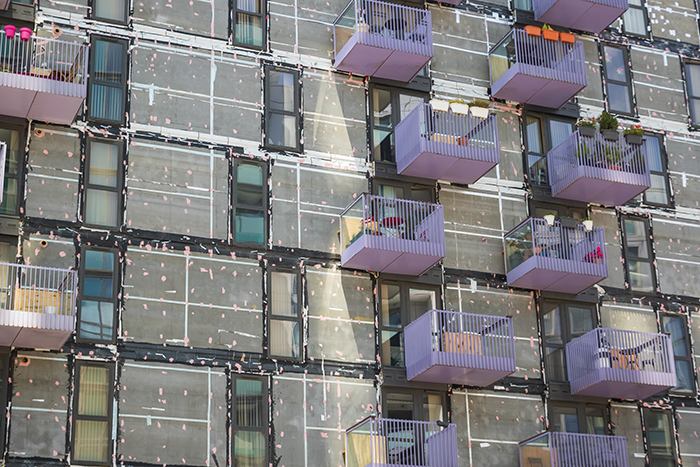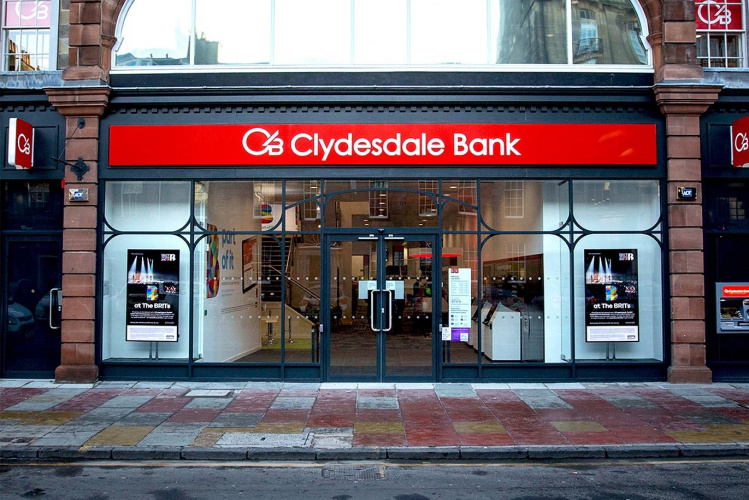
The country’s tower block cladding crisis may take more than a decade and up to £16.6bn to resolve, according to a report from the National Audit Office.
The spending watchdog says the government has programmes to address dangerous fire-risk cladding for all the estimated 9,000 to 12,000 buildings over 11 metres, which it considers needs fixing.
But it adds that as the scale of the crisis has become larger after initial investigations, the government has yet to assess many buildings that may need work.
It says: “Up to 60% of buildings with dangerous cladding have not yet been identified, and remediation for buildings within the government’s portfolio is slow.”
The body adds that the Ministry of Housing, Communities & Local Government estimates it will take until 2035 to fix the work it has identified.
It points out that the total estimated cost of the work is set at £16.6bn, but says that the Building Safety Levy is yet to start, which is an agreement for housebuilders and suppliers to pay for much of the remediation.
It adds that “there are risks to keeping taxpayer contributions capped at £5.1bn”.
The cladding crisis stems from the Grenfell Tower blaze in 2017, which was covered in flammable outer cladding and killed 72 people.
The effect of the tragedy was that leaseholders were prevented will bills running into the thousands to remove dangerous cladding, while lenders would not mortgage these homes for years afterwards until remediation plans were agreed between lenders, government and housebuilders.
The National Audit Office says: “While most leaseholders are now protected from remediation costs, residents continue to suffer significant emotional and financial distress.”
The watchdog says 4,771 buildings have been brought into the Ministry of Housing, Communities & Local Government portfolio to fix, “but it is taking longer than expected to identify the remainder, and some may never be identified”.
It says: “With a potential 7,200 buildings or more, up to 60%, still to be identified, many people still do not know when their buildings will be made safe, contributing to resident’s suffering significant financial and emotional distress.”
It adds that of the 4,771 medium-rise buildings in the government’s portfolio – the equivalent of 258,000 homes – building work has yet to start on over half, and is in progress on only a fifth, with around one-third complete.
Of all 9,000 to 12,000 buildings potentially in the scope of the project, work is complete for only 12% to 16%.
The auditor estimates it will cost £16.6bn to fix unsafe cladding on all buildings over 11 metres in England.
The Ministry of Housing, Communities & Local Government expects to provide £9.1bn of this, with the remainder funded by developers who have agreed to remediate buildings they developed, private owners or social housing providers.
The National Audit Office says: “To keep taxpayer contributions within a £5.1bn cap over the long-term, the Ministry of Housing, Communities & Local Government plans to recoup £700m through refunds from developers for remediation works the taxpayer has already funded, and around £3.4bn from a new Building Safety Levy.
“The Levy will be paid by developers on new developments, though the Ministry of Housing, Communities & Local Government is yet to confirm payment mechanisms. It does not expect to introduce the levy until autumn 2025 at the earliest.”
The body recommends publishing a target date for the completion of dangerous cladding remediation works and providing “greater transparency” on the pace of building work.
National Audit Office head Gareth Davies says: “Seven years on from the Grenfell Tower fire, there has been progress, but considerable uncertainty remains regarding the number of buildings needing remediation, costs, timelines and recouping public spending.
“There is a long way to go before all affected buildings are made safe, and risks the Ministry of Housing, Communities & Local Government must address if its approach is to succeed.
Davies adds: “Putting the onus on developers to pay and introducing a more proportionate approach to remediation should help to protect taxpayers’ money. Yet it has also created grounds for dispute, causing delays.
“To stick to its £5.1bn cap in the long run, the Ministry of Housing, Communities & Local Government needs to ensure that it can recoup funds through successful implementation of the proposed Building Safety Levy.”
Building safety minister Alex Norris says: “The pace of remediation to make homes safe has been unacceptably slow.
“This government is taking action — meeting our commitment to invest £5.1bn to remove dangerous cladding and making sure those responsible pay for the rest.
“Since coming into office, we have ramped up work with local authorities and regulators to speed up remediation and we will set out a remediation acceleration plan soon.”



